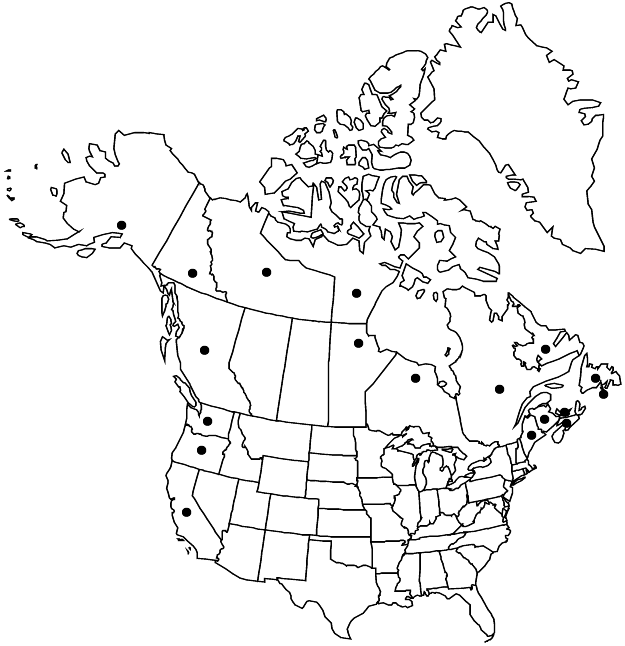Difference between revisions of "Polygonum fowleri"
Rhodora 4: 67, plate 35, figs. 14, 15. 1902.
RevisionBot (talk | contribs) m (Bot: Adding category Revision Pending) |
imported>Volume Importer |
||
| Line 61: | Line 61: | ||
|publication year=1902 | |publication year=1902 | ||
|special status=Illustrated;Endemic | |special status=Illustrated;Endemic | ||
| − | |source xml=https:// | + | |source xml=https://bitbucket.org/aafc-mbb/fna-data-curation/src/2e0870ddd59836b60bcf96646a41e87ea5a5943a/coarse_grained_fna_xml/V5/V5_1130.xml |
|subfamily=Polygonaceae subfam. Polygonoideae | |subfamily=Polygonaceae subfam. Polygonoideae | ||
|genus=Polygonum | |genus=Polygonum | ||
| Line 68: | Line 68: | ||
}}<!-- | }}<!-- | ||
| − | --> | + | -->[[Category:Treatment]][[Category:Polygonum sect. Polygonum]] |
| − | |||
| − | [[Category:Treatment]] | ||
| − | [[Category:Polygonum sect. Polygonum | ||
| − | |||
Revision as of 22:08, 5 November 2020
Plants green, sometimes purple tinged, homophyllous or heterophyllous, sometimes subsucculent. Stems prostrate to ascending, sometimes zigzagged, branched from base, not wiry, 5–50 cm. Leaves: ocrea 2.5–12 mm, proximal part funnelform, distal part soon disintegrating, nearly completely deciduous or fibers persistent; petiole 2–7 mm; blade light green, sometimes purple tinged, elliptic to elliptic-obovate or obovate, 8–30(–50) × 4–15(–25) mm, margins flat, apex acute to obtuse; middle stem leaves 1.1–2.1(–3.4) times as long as adjacent branch leaves, distal leaves overtopping flowers. Inflorescences axillary; cymes uniformly distributed, 1–7(–10)-flowered. Pedicels enclosed in or sometimes exserted from ocreae, 1–2.5 mm. Flowers closed; perianth (2.2–)2.5–4.5 mm; tube 23–38% of perianth length; tepals initially overlapping, pushed apart as achene develops, green, margins white to pink, petaloid, not keeled, oblong, cucullate; midveins branched, sometimes not visible; stamens 6–8. Achenes exserted from perianth, brown to dark brown, broadly ovate to ovate-lanceolate, (2–)3-gonous, (1.8–)2–3.7(–4.5) mm, faces subequal or unequal, flat to concave, apex beaked, edges strongly concave, shiny to dull, roughened, rarely obscurely tubercled; late-season achenes common, 4–6 mm.
Distribution

B.C., Man., N.B., N.S., N.W.T., Nunavut, Ont., P.E.I., Que., Yukon, Alaska, Calif., Maine, Oreg., Wash.
Discussion
Subspecies 2 (2 in the flora).
Selected References
None.
Key
| 1 | Achenes broadly ovate, (2.5-)3-3.7(-4.5) mm; perianth 3-4.5 mm | Polygonum fowleri subsp. fowleri |
| 1 | Achenes ovate-lanceolate, (1.8-)2-2.5 (-3.1) mm; perianth (2.2-)2.5-3.3(-3.5) mm | Polygonum fowleri subsp. hudsonianum |